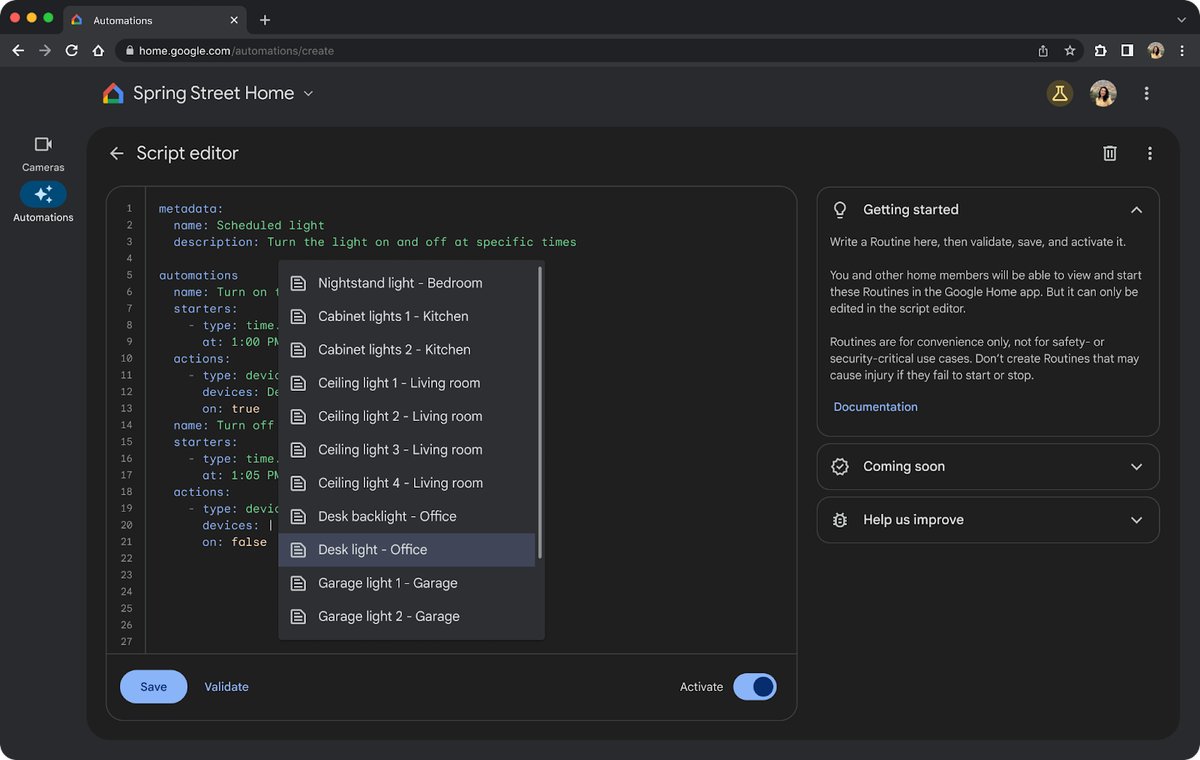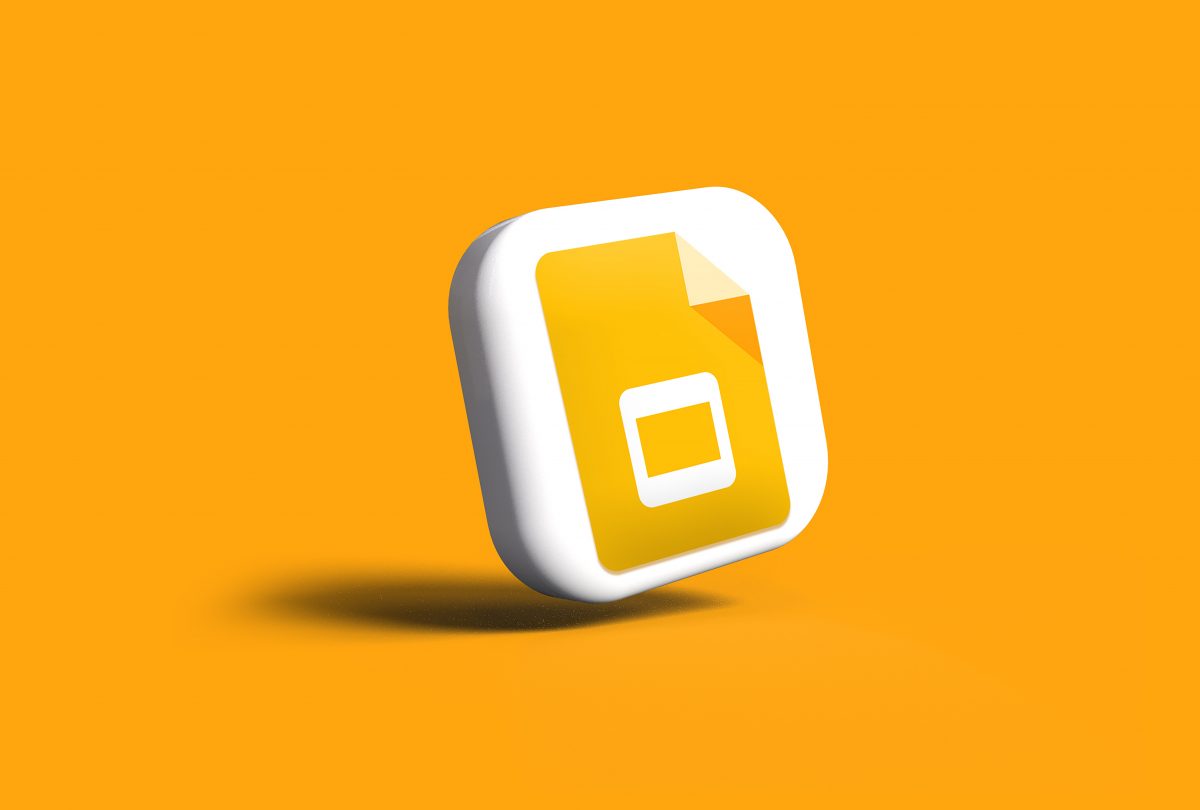Create your own automatons with Google Home script editor

Google Home users now have access to a powerful new tool—the script editor.
This exciting feature allows users to create advanced automation for their smart home devices in a simple and user-friendly way.
How will Google Home's new script editor enhance your smart home?
The script editor offers an array of options to help users unleash their creativity and make their smart home devices work together seamlessly.
With nearly 100 starting points and actions available, users can easily come up with ideas for their automation.

For example, you can set up a custom automation where a specific song plays when a motion sensor detects movement or the lights turn on when you arrive home at a specific time.
No programming skills required
While the Google Home script editor uses a programming language called YAML, you don't need to be a programming expert to use it.
YAML is used for configuration files, but it's now also utilized as a scripting language for defining conditions and actions for your smart devices. With a few simple steps, you can create automation that suits your needs.
Automation at hand
To get started with automation, you need to understand three key components:
- Starters
- Conditions
- Actions
Starters are the triggers for your automation, such as turning on the TV.
Conditions are requirements that must be met before the automation can run, like it being between sunset and sunrise.
Lastly, actions specify which devices will be activated, such as lowering the blinds and turning off the lights.
How to get started with Google Home script editor?
You can access the script editor through a preview build of the Google Home app or on the web. Once inside, you'll find a variety of sample automations to inspire you.
Google has also provided a detailed guide to help you navigate the editor and get the most out of your smart home devices.

Supported with multiple devices
The script editor is designed to work with Google Home and third-party smart home devices. It's compatible with popular sensors, including those supported by the Matter standard.
This means you can easily integrate devices from different brands and create a cohesive smart home ecosystem.
Advertisement



















as always, this is usa only, right?